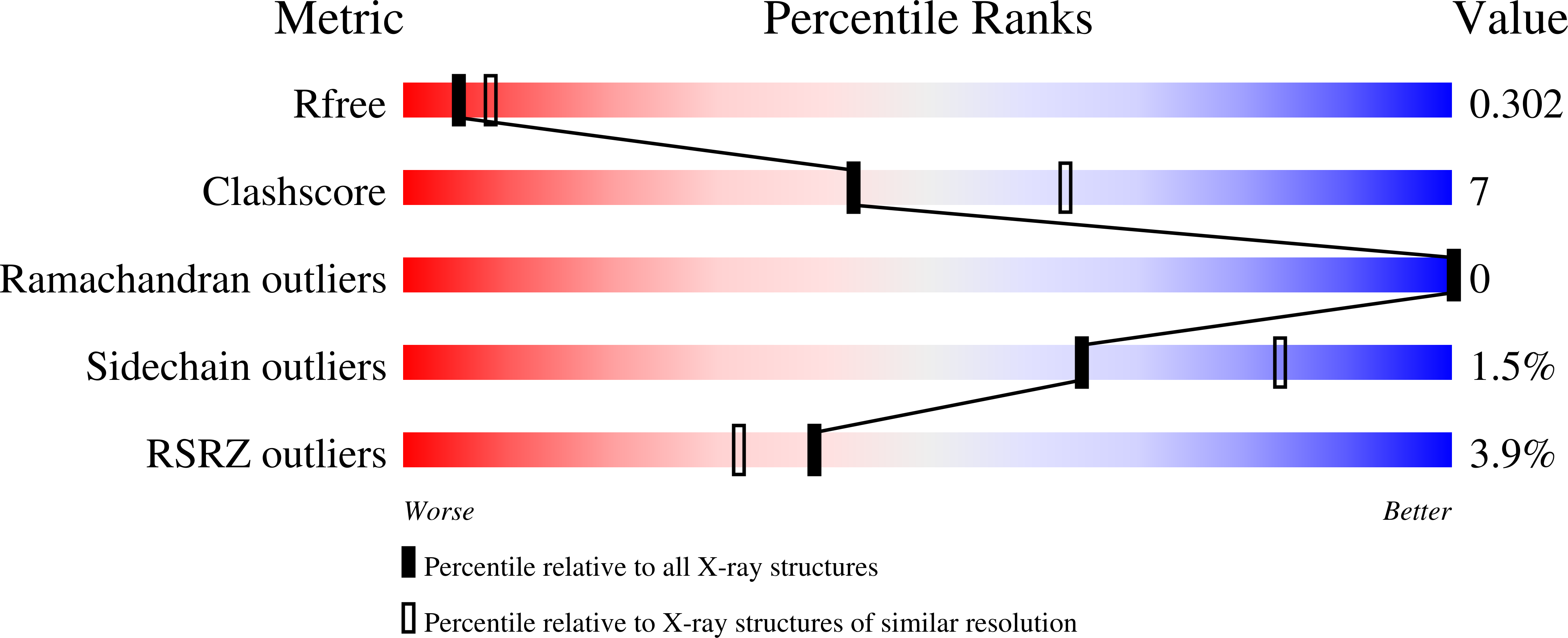
Deposition Date
2023-07-17
Release Date
2024-04-17
Last Version Date
2024-10-30
Entry Detail
Biological Source:
Source Organism:
Host Organism:
Method Details:
Experimental Method:
Resolution:
2.60 Å
R-Value Free:
0.30
R-Value Work:
0.24
R-Value Observed:
0.25
Space Group:
P 21 21 21


